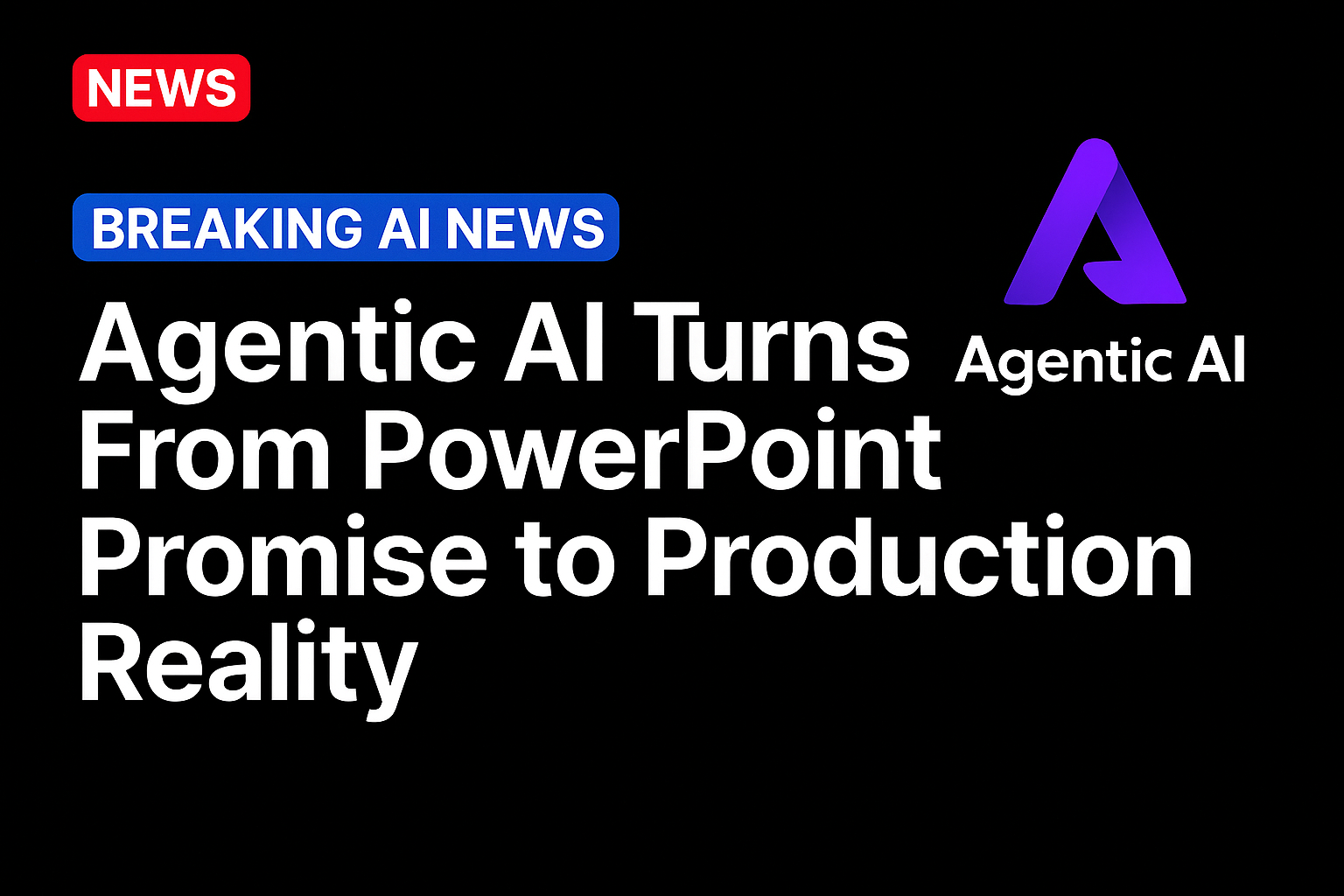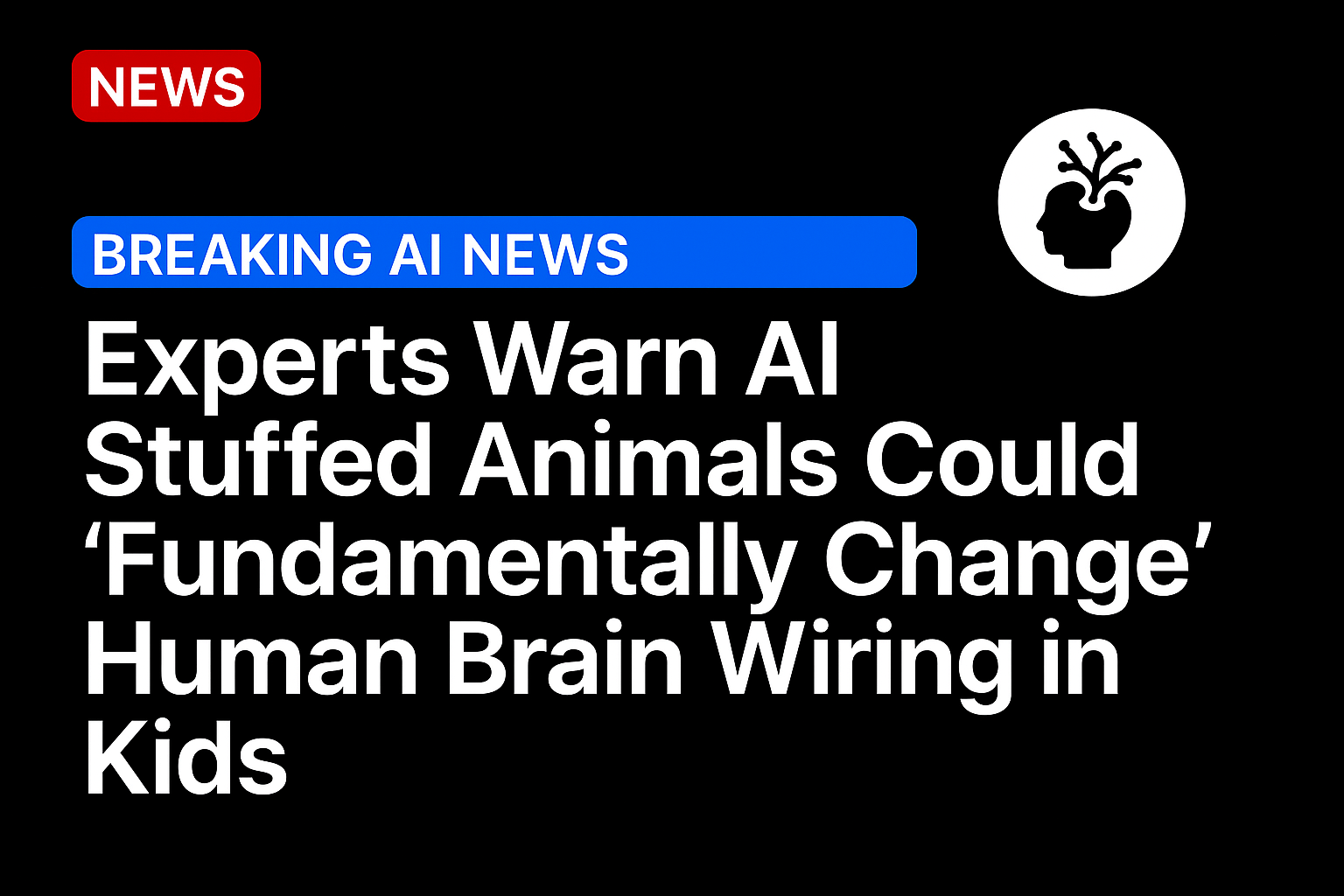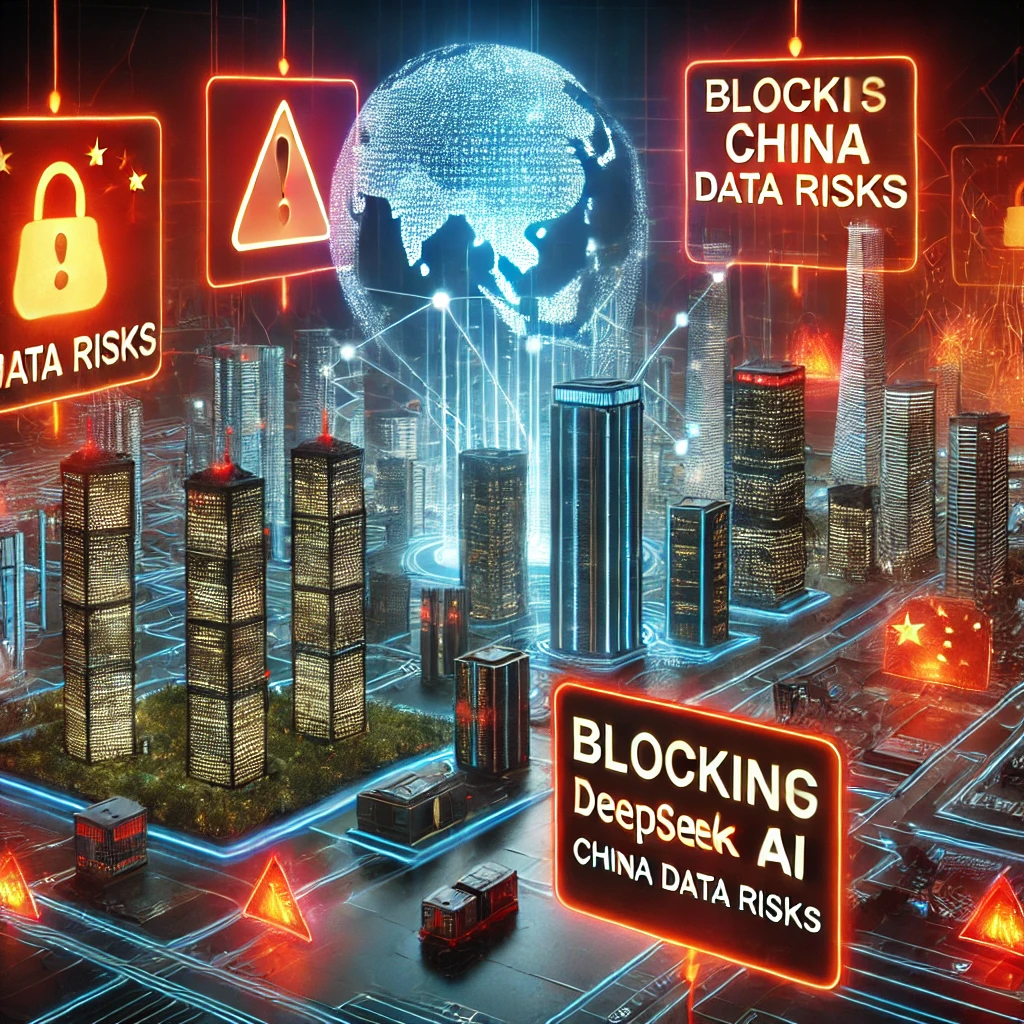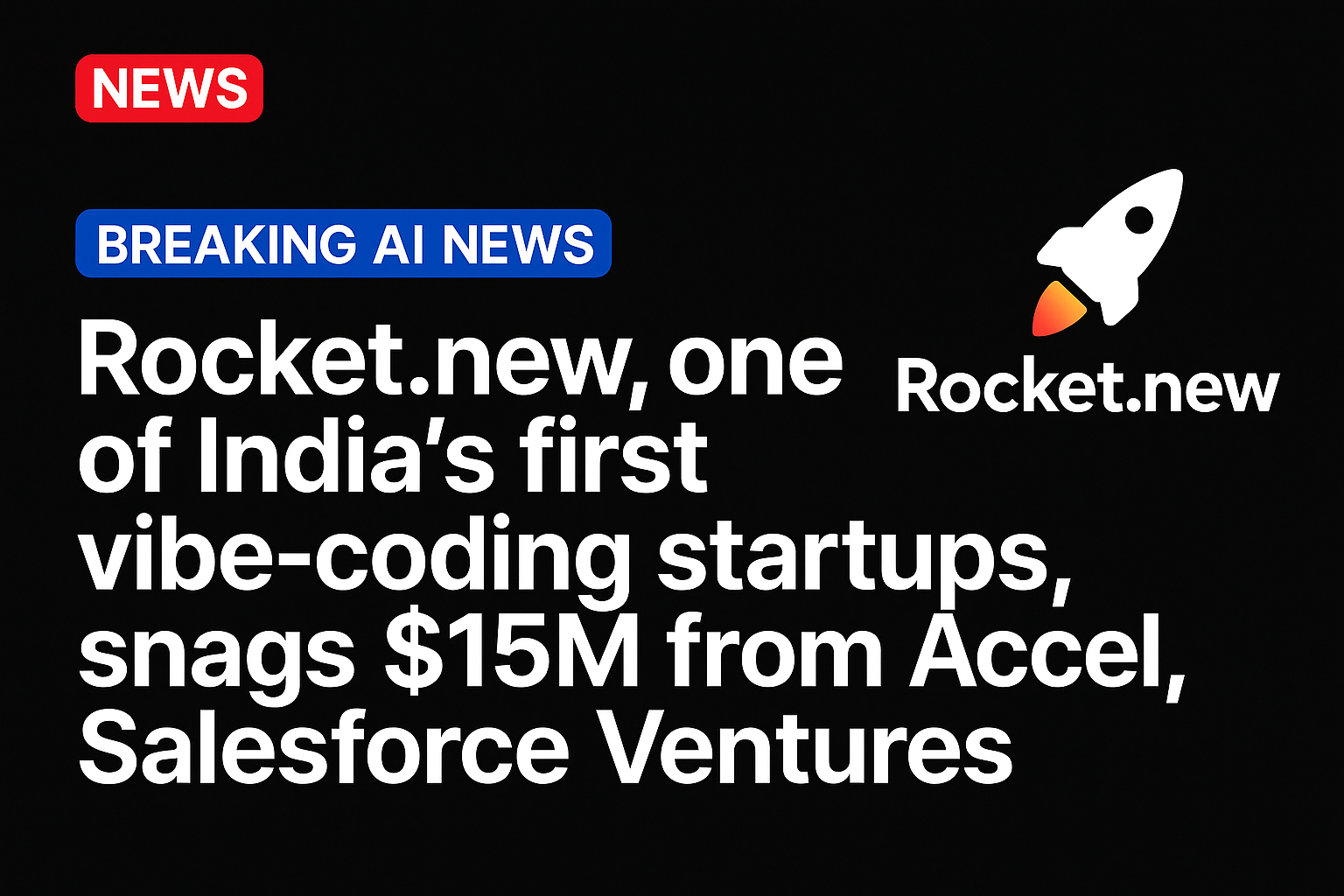
If the outpouring of thought leadership is any indication of the urgency with which companies are advancing agentic AI, we’re about to see a Q4 that will require popcorn. But thought leadership won’t pay the bills on their own. Use cases will. And this past week has seen some impressive use cases in the Prompt Economy.
The article “What’s Reasonable to Expect from Agentic AI in Pharma?” published by Pharmaceutical Technology examines how agentic AI could transform pharmaceutical research and development. The author argues that pharma’s data-rich, process-heavy environment makes it a natural test bed for AI agents capable of reasoning, adapting, and coordinating complex workflows. However, Bryant warns that success depends on taking a holistic approach rather than deploying isolated use cases. Cross-discipline collaboration, adaptive governance and careful balance between freedom and control are critical to building trust in multi-agent systems. The piece situates agentic AI as part of the broader Prompt Economy, signaling that the next phase of enterprise AI will hinge as much on orchestration and oversight as on algorithms.
“The whole point of an agentic AI system is to deliver an end goal in the best way possible, empowered to choose how best to do that — drawing on and extrapolating from everything available to it,” the article states. “Agentic AI proffers the benefits of autonomous reasoning and decision making, as well as continuous adaptation, in reaching defined goals. The total benefits should multiply as respective agents continue to hone what they do, based on their own deductions or new insights.”
Agentic developments are even impacting retail, manufacturing and the supply chain. The article “Peak Launches Agentic AI Solutions to Transform Retail and Manufacturing,” published by CustomerThink, reports that Peak has introduced a suite of agentic AI products aimed at making enterprise operations truly autonomous. The lineup includes Agentic Merchandising, Agentic Inventory Management, and Agentic Commercial Pricing, which are tools already in use by firms such as Hain Celestial and Speedy Hire.
Unlike earlier AI systems that merely surfaced insights, Peak’s “agents” are designed to predict, decide and act across merchandising, inventory and pricing decisions. In the context of the Prompt Economy, this marks a significant step toward AI systems that move beyond dashboards and prompts to real-time optimization and self-directed decision-making — a hallmark of the shift toward agentic AI as a driver of operational transformation rather than analytics support.
“This new era in AI technologies, built on large language models, offers unprecedented potential for businesses to increase their own performance,” said Peak CEO Richard Potter. “At the same time, businesses are under enormous pressure to adapt quickly to growing operational complexity, market volatility, changing demand and supply chain disruptions. Our agentic AI solutions give our customers the ability to optimize and automate every complex commercial decision in their business — from moving products around their network, to pricing their products perfectly, to managing demand.”
Meanwhile, Cisco is developing use cases for the workplace and workforce of the future. The interview “Agentic AI and the Future Workplace,” features Anurag Dhingra, Cisco’s senior vice president and general manager for enterprise connectivity and collaboration, discussing how the company is integrating agentic AI into the modern workplace. Dhingra explains that Cisco’s approach — what it calls Connected Intelligence — is built on linking people, AI systems and infrastructure across networking, security, collaboration, and observability.
By embedding AI agents that can run infrastructure autonomously and coordinate across domains, Cisco aims to free up IT teams from routine tasks and empower employees to focus on creativity, innovation and relationship-building. In the broader context of the Prompt Economy, Dhingra’s comments illustrate how enterprise-scale agentic systems are evolving from automation tools into orchestrators of human-AI collaboration, shaping workplaces where AI augments rather than replaces human capabilities.
“Connected Intelligence is people and AI working in harmony, transforming how we work, connect and create.” Dhingra says. “Our vision for the future of collaboration is seamlessly linking people and AI to make work more meaningful, productive and human. With purpose-built AI systems on every device, we’re connecting people with AI, empowering individuals to manage teams of AI and fitting naturally into workflows.”
Source: https://www.pymnts.com/




